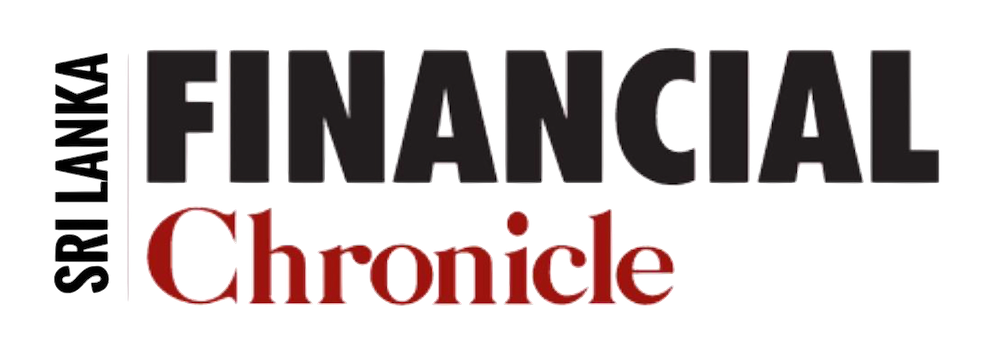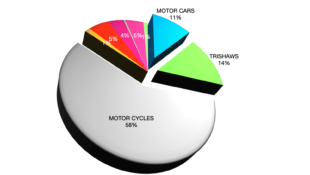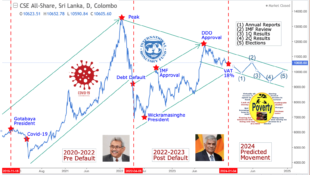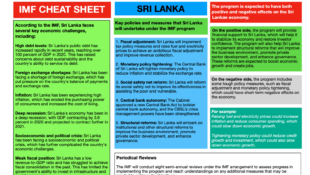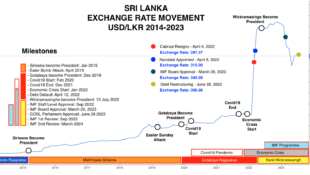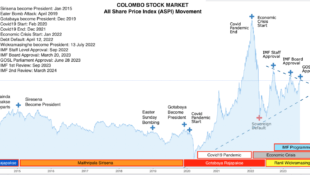If the stock is trading for less than its intrinsic value, you have a bargain!
The Discounted Cash Flow model can get pretty complex once you bake in several additional variables to predict future cash flows. We use the simpler version of this model to calculate intrinsic values and make our stock purchasing decisions.
If this sounds like a mouthful of financial talk, don't sweat it. We're going to break it down into its elements....
Estimating future free cash flows
Free cash flow is the cash a company has left over after spending the money necessary to keep it growing at its current rate. In other words,
Free Cash Flow = Operating Cash Flow - Capital Expenditures
To project free cash flow, we need to have an idea of how the company is going to grow — in terms of sales, earnings, expenditures. Studying the financial statements of the company for the past several years and our own understanding of how the company works should give us an idea of these numbers — our best guess.
Discounting future free cash flows
What are these future cash flows worth today? A dollar today is worth more than a dollar ten years from now. Hence, we have to "discount" these future cash flows to their present value(PV). The formula to calculate this is:
PV of CF at year N = CF at year N / (1+R)^N, where
CF = cash flow
R = discount rate
N = number of years in the future
The discount rate is also called the Cost of Capital. It's really the interest rate the company would have to pay if it were to raise capital from investors. The rate is dictated by risk — a stable, predictable company will have a low cost of capital, while a risky company with unpredictable cash flows will have a higher cost of capital.
Perpetuity Value
How many years in the future do we calculate free cash flows? Usually, we stop after a certain number of years — typically 10. Beyond that, we just lump all future cash flows into a number called "perpetuity value". The formula is:
Perpetuity Value = [CFn x (1+ g) ] / (R - g), where
CFn = cash flow in the last individual year estimated (usually yr. 10)
g = long-term growth rate — typically estimated at 3%
R = discount rate
This perpetuity value has to be discounted to its PV
PV of perpetuity value = (perpetuity value)/(1+R)^N, where
R = discount rate
N = number of years in the future
Adding it all up
Adding the discounted projections of free cash flow for the time period we chose (10 yrs.) and the discounted perpetuity value, we arrive at the "intrinsic value" of the company. Divide this by the number of outstanding shares, and ... voilà... we have an estimate of the stock price!
An Example
Let's look at an example to illustrate the Discounted Cash Flow model. We'll go back to our fictitious Smart Widget company that we started some time ago.
Here's a snap-shot of the Cash Flow Statement for the last four years ....

Subtracting capital expenditures from operating cash flow (cash from operating activities) gives us free cash flow for each year.
Let's go through each step in the model ....
Estimating future free cash flows (FCF):
We need to figure out how much we think the FCF for Smart Widgets Inc. will grow each year for the next ten years.
For the most recent year, FCF grew from $29 to $40.1 million — a 38% growth. Two years ago we actually had negative FCF. Going back three years, the number grew from $6.19 to $40.1 million — an annual compounded growth of 86%.
Okay, so we have FCF growth numbers bouncing all over the map here. One thing to note .... as FCF values increase, it's going to be hard to grow them. So we need a conservative number for growth — a number that will represent constant growth every year for the next 10 years. Let's go with 15% ... fairly conservative, and given our overall knowledge of the business, very doable.
Discounting future free cash flows:
First, we have to estimate a discount rate, or cost of capital. Since Smart Widgets Inc. is relatively new and growing, the cost of capital will be on the higher side. Let's go with 12%. (For well-established, low-risk companies, it's traditional to go with 8-9% discount rates. Warren Buffett is said to use the coupon on U.S. Treasury Bonds as his discount rate.)
Here's what our calcualation would look like....

The FCF for each year is 15% (FCF growth rate we're using) more than that of the previous year.
Discounted FCF for each year is FCF/(1+R)^N, where N corresponds to the year in the future.
Perpetuity Value:
We're going to use 3% as our long term growth rate. Using the FCF number for year 10, and our 12% discount rate, we get:

Adding it all up - Next, we add the discounted FCFs for all ten years and the discounted perpetuity value. This gives us the "intrinsic value" of Smart Widgets Inc. Let's divide this by the number of outstanding shares, which can be found on the Income Statement. For our example, we'll say the number is 12.2 million shares.

Our Discounted Cash Flow calculation gives us a stock price of $53.90. Anytime the stock of Smart Widgets Inc. trades below this, we potential have a bargain.
How Good is this Stock Price Estimate?
How accurate is this number? It's really an estimate based on our projection of the company is going to grow and how future values are discounted to today's value. That is why we use this number only as a ballpark. We use an important tool called margin of safety to protect us against assumptions we've made that might turn out to be wrong.
In summary, we've covered an important way to value stocks ... a method much more robust than the standard PE ratios that are widely used. Again, the discounted cash flow model assumes that a stock's worth is equal to the present value of all its estimated future cash flows. This estimate is also called the "intrinsic value" of the company. We use the intrinsic value with a margin of safety to decide if a stock is a true bargain or not.
Source:http://www.independent-stock-investing.com/Discounted-Cash-Flow.html
 would enable you to enjoy an array of other services such as Member Rankings, User Groups, Own Posts & Profile, Exclusive Research, Live Chat Box etc..
would enable you to enjoy an array of other services such as Member Rankings, User Groups, Own Posts & Profile, Exclusive Research, Live Chat Box etc.. 
 Home
Home


